by supplychainreport
Despite elevated tariff rates on imported goods, recent developments suggest that the economic impact may be more moderate than initially feared, with financial markets showing signs of resilience.
Following a new trade agreement between the United States and the European Union, the effective U.S. tariff rate is expected to settle in the 15% to 20% range. While this is significantly higher than the low single-digit rates seen at the beginning of the year, it remains below the 25% level that many had anticipated after an early April announcement outlining more aggressive trade measures.
Initial economic forecasts had warned that such increases could drive inflation and potentially tip the U.S. economy into recession. However, since then, many analysts have revised their outlooks as financial conditions have improved, inflationary pressures appear contained, and global growth remains steady.
JPMorgan Chase has adjusted its estimated risk of recession, reducing it from 60% to 40%. While still elevated, the lower probability reflects growing confidence that the U.S. economy can absorb the current level of tariffs without a significant downturn.
“Tariffs are a tax hike on U.S. purchases of foreign goods, but this tax drag is not likely to be large enough to derail the U.S. expansion,” JPMorgan Chief Economist Bruce Kasman noted in a client briefing. He also observed that anticipated global retaliation to U.S. trade policy has not fully materialized and that some trade relationships are even showing signs of improved market access for U.S. exports.
Despite this cautious optimism, analysts warn that tariffs remain a potential headwind. Morgan Stanley strategist Michael Zezas pointed out that while recession risk has decreased, the current environment of slow growth and persistent inflation remains a concern. “We still believe the most likely outcome is slow growth and firm inflation,” he wrote.
Ongoing trade negotiations continue to create uncertainty. Issues still under discussion ahead of the administration’s August 1 deadline could influence final tariff outcomes, particularly with key trading partners such as Japan.
Financial markets are now focused on how the Federal Reserve will respond. Although no immediate action is expected at this week’s meeting, the Fed is closely monitoring the effects of tariffs on inflation and growth. A potential interest rate cut in September remains on the table, particularly if economic data suggests a slowdown without significant inflationary spikes.
Citigroup economist Andrew Hollenhorst wrote that while effective tariffs are “significantly higher than they were at the start of the year,” the stabilization around 15% has reduced the perceived risk to both growth and inflation. “Markets and Fed officials will be increasingly confident that the drag on growth and upside risk to inflation will be modest,” he said.
#SupplyChainNews #TradePolicy #TariffsUpdate #EconomicOutlook #MarketTrends

















